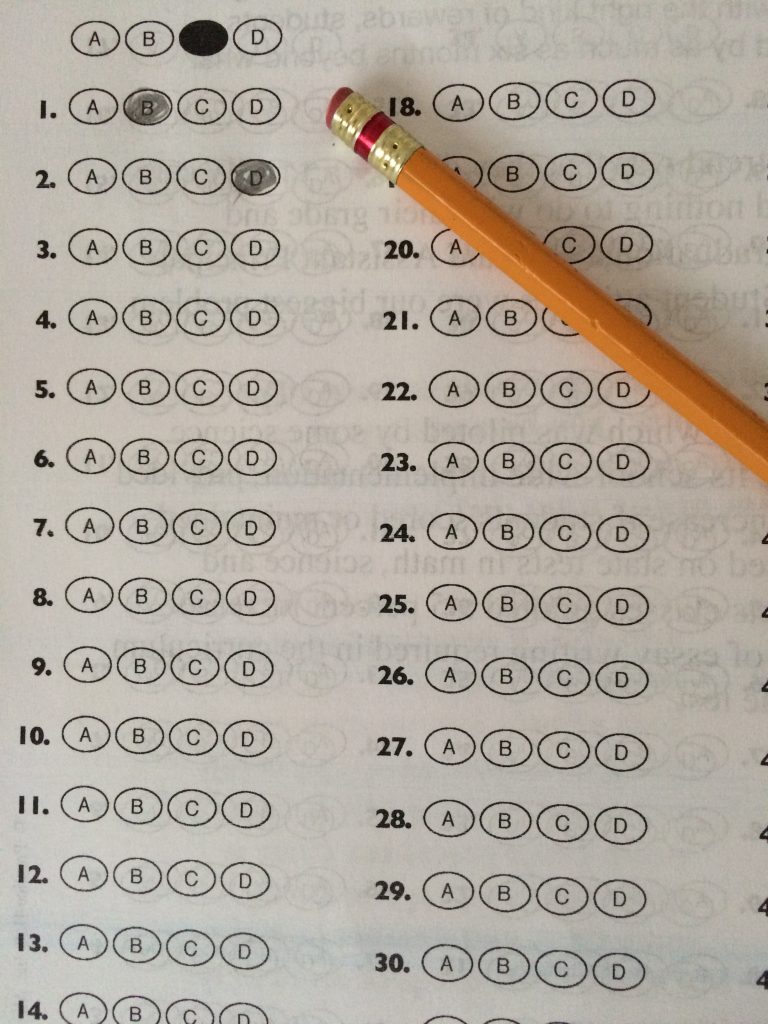With the change in Education Secretary, many questions arise about how schools and students are measured. There is a topic that appears to come up yearly; should we measure academic growth or proficiency from state test scores. Which is the better way to measure student progress? Simply put, growth measures how much students improve. And, proficiency relies on state test scores.

Measuring Using Proficient Levels
Measuring with proficiency hurts schools in poverty areas. These schools tend to achieve low scores even though students are showing levels of improvement. Also, proficiency establishes an all-or-nothing bar for students. Unfortunately, if students improve and miss the level of proficiency by one or two points, it doesn’t matter. They are still not proficient.
In order to maintain proficient levels of most students, the education system concentrates on the proficient (level 3) students. They tend to forget the basic and below basic (level 2 & 1) students. In addition, they forget the advanced (level 4) students. They feel the lower levels will not reach proficiency and the high level will maintain their scores.
Growth Measurement
Growth measures are controversial. Since they rely on test scores and an estimated value system, student improvement varies over time. That said, growth measures, particularly for individual teachers and students, remain controversial. They rely on test scores, which are limited gauges of school effectiveness. And, which usually can’t be created in earlier or later grades. Schools are also not fully in control of how much students improve over time, and such scores for schools and teachers also tend to bounce around from year to year. However, evidence of value-added measures are a reasonably accurate gauge of schools’ influence and are predictive of long-run student outcomes.
Negative Results
Unfortunately, wrong schools may receive either accolades or sanctions. A low proficiency but high growth school presents a risk of closing for a poor performance. And/or, schools with high proficiency and little growth may get a pass even though they are not serving students well.
Growth measures are an unbiased way to evaluate schools. Even though they rely on test scores, they are able to assess prior achievement. And, establish progress over the course of a school year. Furthermore, it differentiates between a high-poverty school where the students are either steadily progressing or not. Using growth measures won’t ensure the success of all students. But, it does offer a better picture of the schools making an academic difference.
![]()
Blog Growth – proficient



